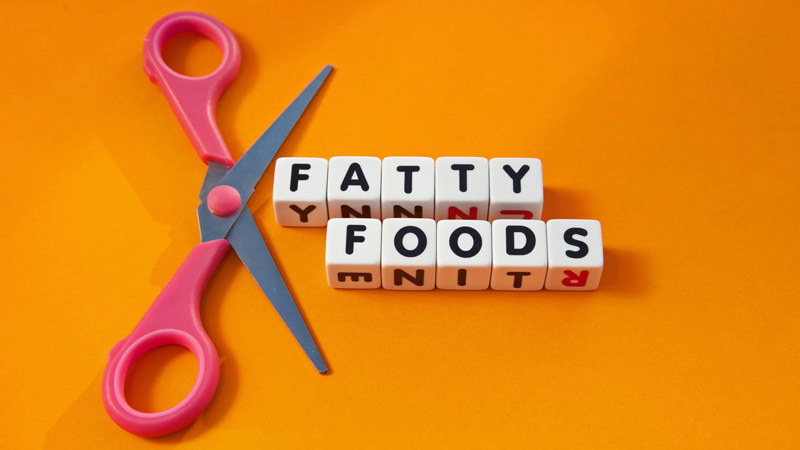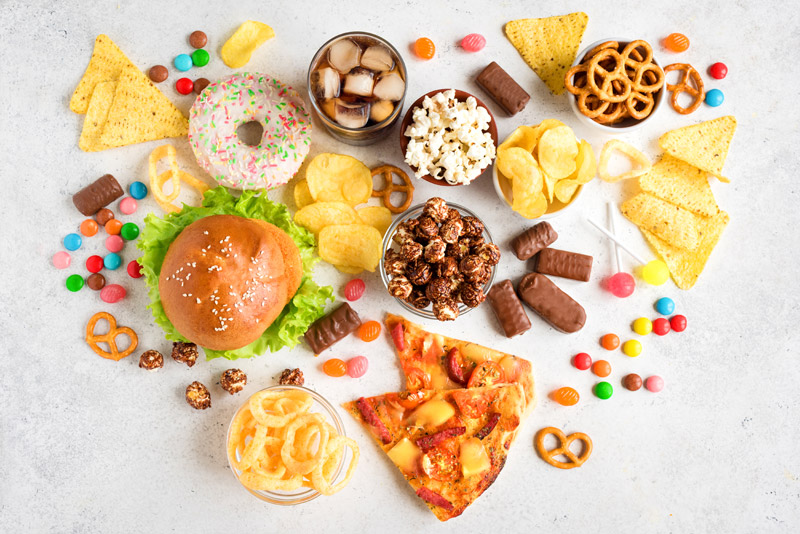
When a doctor initially diagnoses you with fatty liver disease, this determination is typically given by an abdominal ultrasound which images the liver and identifies lipid buildup amidst healthy tissue. This buildup of fat impairs liver function, eventually permanently scarring the organ and limiting its function. If the accumulation of fatty tissue in the liver is the cause of fatty liver disease, is the perfect solution a low-fat diet?
As with most questions in the field of health and science, it depends. If your everyday diet is characterized by saturated and trans fats, which raise your triglyceride and insulin levels, reducing your total fat intake will certainly improve your liver health. Common dietary sources of these unhealthy fats are baked goods, fried foods, non-dairy creamer, and microwave popcorn. Each of these food items either contain or are cooked in vegetable oils or shortening, which transfer their trans and saturated fats during the cooking process to the finished product.

But what about foods that are advertised for having low fat content, such as reduced-fat cookies, low-fat muffins, or fat-free ice cream or yogurt? Unfortunately, these foods are often even worse for your health than their "full fat" counterparts. Typically, removing fat from food items negatively affects both texture and taste. While a rare few companies opt to churn out bland, chewy baked goods, most choose from a bevy of questionable fat-free alternatives to boost the perceived quality of their snacks. Additional sugar often solves the taste issue posed by the removal of fat. However, this added sugar is ultimately converted into fat by the body and stored in the liver. Likewise, artificial dough conditioners and softeners such as potassium bromate, azodicarbonamide, and DATEM have been linked with enough health problems to prompt many countries outside North America to ban them. Perhaps worst of all, the reduction of fat content actually limits the sensation of satiety, or fullness. This leaves you seeking more food and more calories, which are eventually stored as fat around your waistline and inside your liver.
The unfortunate truth is that fat has been given a bad rap. After all, not all fats are created equal. Both monounsaturated and polyunsaturated fats are actually healthy for both your liver and your heart, as they lower both triglycerides and LDL cholesterol levels. Meanwhile, consumption of these healthy fats help make you feel more satisfied after a meal, thus reducing your cravings, limiting your caloric intake, and alleviating the digestive burden on your liver. Examples of foods which contain these healthy fats include olive oil, avocados, nuts, fatty fish, sunflower seeds, and tofu.
Of course, moderation is important in all dietary choices. But responsibly replacing unhealthy fats with healthy ones, rather than opting for low-fat or fat-free alternatives, is the smarter choice for your liver.
